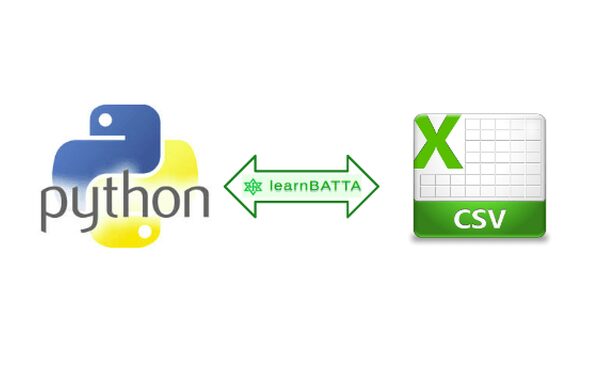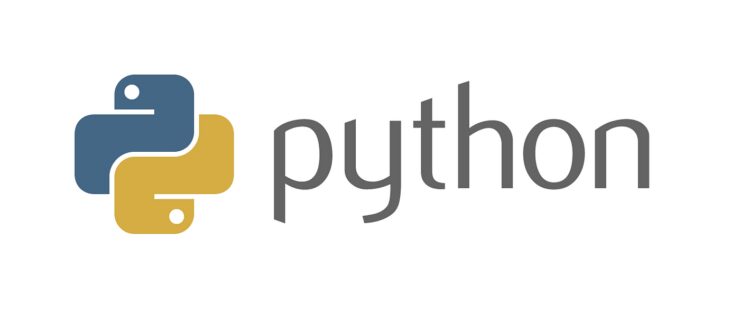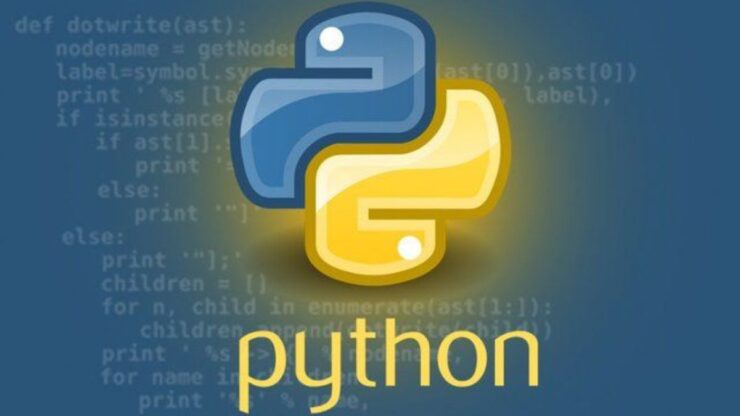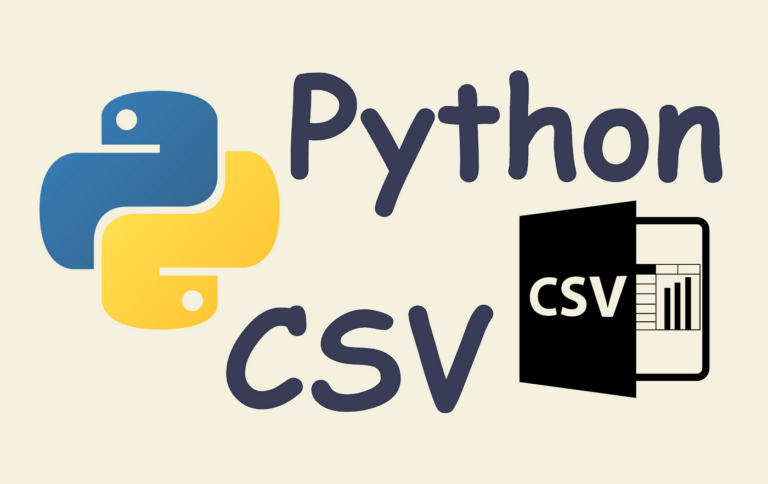In any conversation about data, we can’t go around without CSV files. They could be one of the most ordinary examples. It’s tabular data. Simple one. Just some columns and rows filled with data. They’re easy to use. As we said, being close to the most common examples of tabular data all of us have come into contact with these files. But, once you add Python to the mix things can get a little bit complicated. Luckily, you have us. In this article, we are going to talk about the connection between this programming language and CSV files.
Python is often used with tabular data such as CSV. For many people, this connection remains a mystery. We will try and debunk some of the myths tied to reading this programming language, writing it, CSV files, and Python. The best place to start would be to tell you what these files are. Once we’re done with this we are going to move to a simple beginner’s guide to writing and reading CSV files with the assistance of Python. Things can be a little bit complicated at first, but after a few rereads you should be on the right path.

CSV File Structure
Here, the matters are simple. Plain text on a sheet. Storage for the specifics in CSV files is encapsulated with columns and rows. Comma-separated values. That is the meaning of CSV. In essence, it points to how they are separated within the table. Rows are, on the other hand, separated by lines where the first one usually serves as the header. It’s where the description of the file lies. Let’s say you open a text version of a simple file titled humans.csv. Below you have a picture that shows you an example.
It is as we said – commas are what define columns. So, each column has its title, and the data tied to the identifier is listed below. You can even encapsulate parts of the text if you like. A true example of this can be viewed under the id column. If you’re fascinated with these files you can learn to work with them straight away at analyticsvidhya.com and similar outlets. When you open this file as plain text it can get a little bit complicated to read. They’re better off being opened by Google Sheets or Excel. In the picture below you can see how they look when in a spreadsheet.
As it is noticeable the visibility is improved this way. Now that you’ve viewed the basics about these files it is time to explain how to approach writing and reading CSV files by using Python. This is a step up compared to everything you can face when it comes to doing these two simple tasks with these files. But, in essence, it can be talked about at a beginner’s level. Let’s see how it looks for beginners.

Reading a CSV File And Python
Starting is simple. There exists a quite direct ‘open’ function and it can serve as your first step when it comes to reading. But, there are other manners in which to do it. We would even argue there are more straightforward ways to go around the matter. People in charge of developing Python were eager enough to make a unique module for the files in question. This module is what’s usually used to import CSV data. So, if you’re in for some reading all you must do is use an ‘open’ function with any file titled csv.reader. When you do this, you’ll get a code that’s represented in the photo below.
As you can see, everything is sorted out perfectly. Of course, we used the same names.csv file from the beginning of this article. Once you get adjusted to reading the CSV field from the Python module you’ll learn many perks of it, and how to swap the files while you’re at it. But, for now, this is how you read it when you’re completely new to the platform.

Python, Writing, And CSV Files
Once you learn to read, it’s time to move on and start writing by using similar methods. For core writing this module has a csv.writer function. As you can guess it operates on similar principles as csv.read. While this is a good enough option, even as a beginner, you will be doing much better with csv.DictWriter. our example will be the creation of a file named names.csv. In the photo below you can focus on the example.
While the photo might appear simple, there are a few matters to notice. We’re going to lead you through each aspect to better help you understand this module and handle the writing options with a CSV file within it. Let’s start with point number one.
It all starts with creating a brand new CSV file by simply opening it with the write mode.
The next move is defining the headers. When you complete this action, our CSV file has all the traits necessary to be a file within the csv.DictWriter. This is where you focus on the keywords through the fieldnames option.
What follows is the creation and storing of the csv.DictWriter file. Within the few variables you’re offered as a writer you can now focus on important details such as headers. This is done through writer.writeheader. Once you go through this your file will now be blessed with headers automatically.
Once this is done you need to rely on the writer.writerow option. With it, you can add all the needed rows to your table content. Of course, they should be written in a way that corresponds to the given header.

Bottom Line
As one could guess Python can have so much to offer in terms of dealing with CSV files. But, as far as beginners’ explanation goes, this is how you work around reading and writing within a Python module and tied to CSV files. The more you start working with it, the more simple things will get. In the beginning, this might appear at hand, but after all, we are writing about the simplest of coding.
Related Posts:
- 20 Best Gaming Headset Under 50$ 2024 - for PC, PS4,…
- Research on High-Density Integrated Structure of…
- 15 Best Shoes for Walking on Concrete 2024 - Soft &…
- 15 Best Portable Blender While Traveling 2024 - Top…
- Everything You Need to Know About 25GBASE-SR Optical…
- Top 10 Best Modem For Gaming 2024 - For Optimum Gaming Speed







